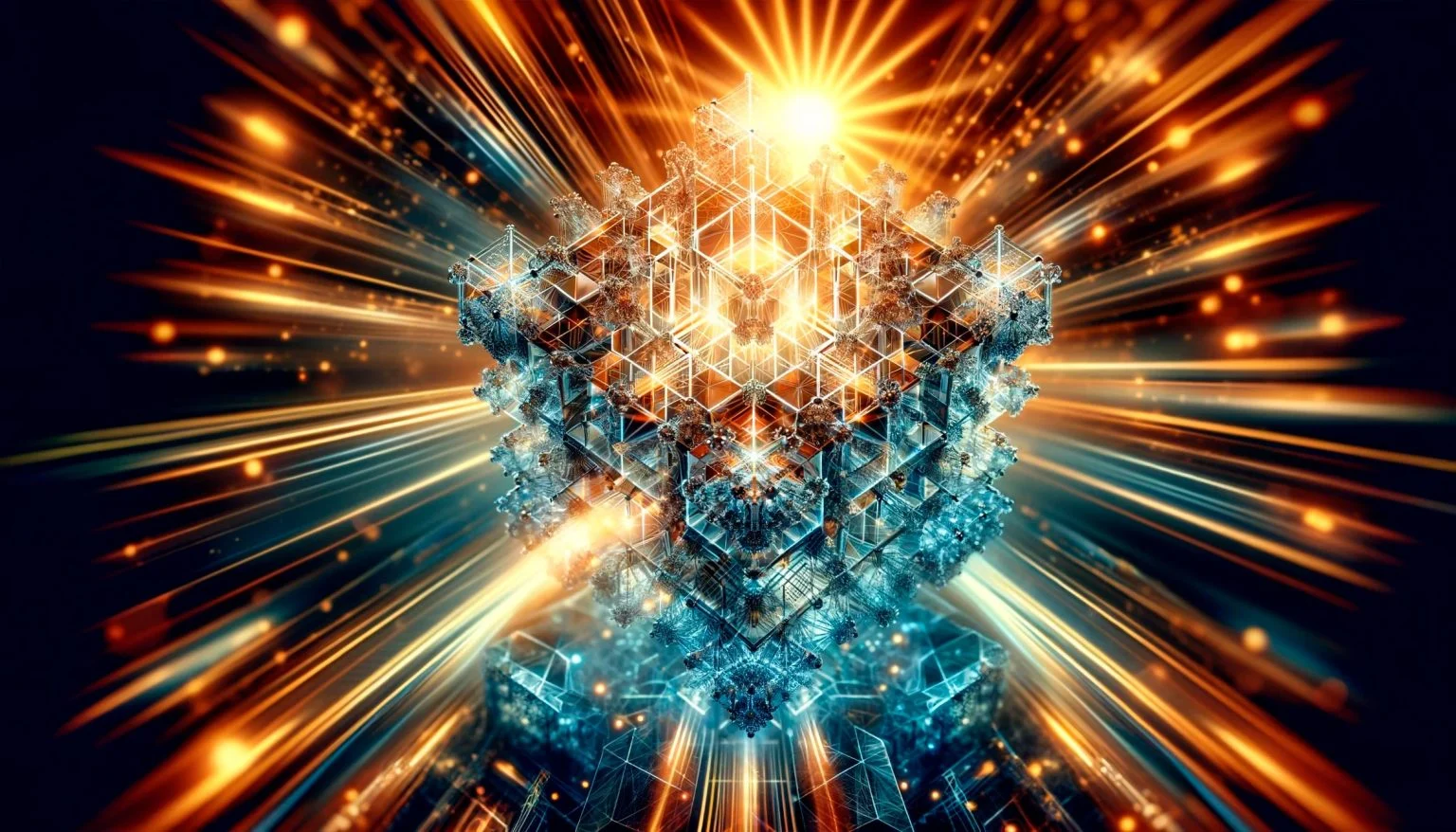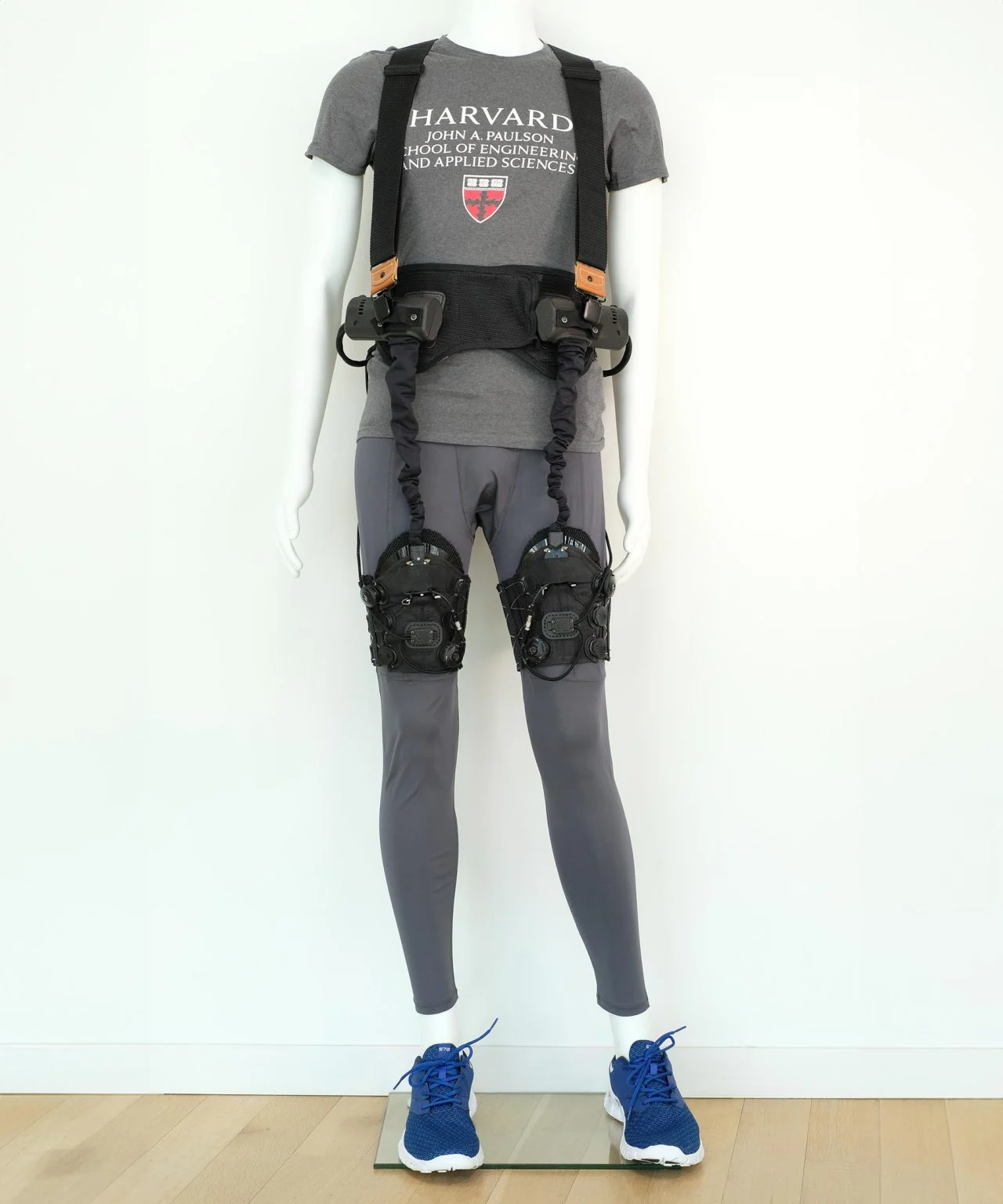Chiral magnets are revolutionizing AI.
Chirality means that another molecule is the first molecule's mirror molecule. "An object or a system is chiral if it is distinguishable from its mirror image; that is, it cannot be superimposed onto it. Conversely, a mirror image of an achiral object, such as a sphere, cannot be distinguished from the object. A chiral object and its mirror image are called enantiomorphs (Greek, "opposite forms"). or, when referring to molecules, enantiomers. A non-chiral object is called achiral (sometimes also amphichiral) and can be superposed on its mirror image." (Wikipedia/Chirality)
Long-time researchers thought that cerebral hemispheres are like mirrors to each other. Or actually, they thought that information travels in mirror form in the cerebral hemispheres. So the cerebral hemispheres are chiral to each other.
"Researchers have advanced brain-inspired computing using chiral magnets, significantly reducing energy use in machine-learning tasks. The research marks progress towards more sustainable and adaptable computing technologies. An artistic representation of connected magnetic skyrmions as a computational medium for brain-inspired, reservoir computing. Credit: Dr. Oscar Lee" (ScitechDaily.com/Revolutionizing AI: Chiral Magnets Pave the Way for Energy-Efficient Brain-Like Computing)
"Two enantiomers of a generic amino acid that is chiral" (Wikipedia/Chirality)
The chiral magnets allow to transfer of information in chiral form to the AI system that consists of two or three computers. The idea is that this type of "iron AI" acts like the human brain. Two main computers are like the cerebrum and the third computer is like the cerebellum. If those main components get different solutions the third part of the system selects which one looks better.
This type of AI can use the program-iron (physical machine) based systems that make it very effective. There are three internal layers in the system whose mission is to act like the human brain. The center layer is the diencephalon whose mission is to select which part of the data the system stores in its memory. And which data it crushes. The RAM acts as short-term memory and the hard disks are the long-term memory.
The independently operating AI that controls robots on the street acts a little bit like ChatGPT and other language models. The difference between language models is that the images and other data that the sensor transmits to the computer must activate the code or generate the code that the robot's computerized systems require. In ChatGPT controlled robots the speech-to-text application is lined with a language model. Then the user gives orders to the robot.
********************************************************
The ChatGPT-type language models are also suitable for controlling AI-based systems. The databases that the language model requires can written using spoken language. When the system recognizes something that fits into a certain database, that system connects itself to that tablet. Then it dumps that text into the language model that creates the operational code.
The language models are complicated tools that require lots of calculation power. That means the system can run on supercomputers in computer centers. The system can control robot using the mobile data solutions.
******************************************************
The AI generates the necessary code that controls microchips in the robot's body. In non-centralized models, every servo engine has its microchip. That controls its operations. The independently operating robots require the ability to generate code or connect themselves to the right database where is the operational code.
This type of system can benefit ChatGPT. The orders that are meant for those situations are required. Are written in spoken language. Then the system dumps that text to the language model. Then the language model can create the control code. That is suitable for the situation.
The simplest way to make the system operate in strange situations is to use a human operator who tells the computer and AI what it must do. It's impossible to predict all possible situations where robots can be involved when they operate on the street.
Strange, or non-predicted situations are always problematic for machines. Those systems learn like humans. They interconnect databases with each other. When the system's sensors see something they drive that thing to RAM. Then the system will connect some databases with those memory blocks.
https://scitechdaily.com/revolutionizing-ai-chiral-magnets-pave-the-way-for-energy-efficient-brain-like-computing/
https://en.wikipedia.org/wiki/Chirality
Chirality means that another molecule is the first molecule's mirror molecule. "An object or a system is chiral if it is distinguishable from its mirror image; that is, it cannot be superimposed onto it. Conversely, a mirror image of an achiral object, such as a sphere, cannot be distinguished from the object. A chiral object and its mirror image are called enantiomorphs (Greek, "opposite forms"). or, when referring to molecules, enantiomers. A non-chiral object is called achiral (sometimes also amphichiral) and can be superposed on its mirror image." (Wikipedia/Chirality)
Long-time researchers thought that cerebral hemispheres are like mirrors to each other. Or actually, they thought that information travels in mirror form in the cerebral hemispheres. So the cerebral hemispheres are chiral to each other.
"Researchers have advanced brain-inspired computing using chiral magnets, significantly reducing energy use in machine-learning tasks. The research marks progress towards more sustainable and adaptable computing technologies. An artistic representation of connected magnetic skyrmions as a computational medium for brain-inspired, reservoir computing. Credit: Dr. Oscar Lee" (ScitechDaily.com/Revolutionizing AI: Chiral Magnets Pave the Way for Energy-Efficient Brain-Like Computing)
"Two enantiomers of a generic amino acid that is chiral" (Wikipedia/Chirality)
The chiral magnets allow to transfer of information in chiral form to the AI system that consists of two or three computers. The idea is that this type of "iron AI" acts like the human brain. Two main computers are like the cerebrum and the third computer is like the cerebellum. If those main components get different solutions the third part of the system selects which one looks better.
This type of AI can use the program-iron (physical machine) based systems that make it very effective. There are three internal layers in the system whose mission is to act like the human brain. The center layer is the diencephalon whose mission is to select which part of the data the system stores in its memory. And which data it crushes. The RAM acts as short-term memory and the hard disks are the long-term memory.
The independently operating AI that controls robots on the street acts a little bit like ChatGPT and other language models. The difference between language models is that the images and other data that the sensor transmits to the computer must activate the code or generate the code that the robot's computerized systems require. In ChatGPT controlled robots the speech-to-text application is lined with a language model. Then the user gives orders to the robot.
********************************************************
The ChatGPT-type language models are also suitable for controlling AI-based systems. The databases that the language model requires can written using spoken language. When the system recognizes something that fits into a certain database, that system connects itself to that tablet. Then it dumps that text into the language model that creates the operational code.
The language models are complicated tools that require lots of calculation power. That means the system can run on supercomputers in computer centers. The system can control robot using the mobile data solutions.
******************************************************
The AI generates the necessary code that controls microchips in the robot's body. In non-centralized models, every servo engine has its microchip. That controls its operations. The independently operating robots require the ability to generate code or connect themselves to the right database where is the operational code.
This type of system can benefit ChatGPT. The orders that are meant for those situations are required. Are written in spoken language. Then the system dumps that text to the language model. Then the language model can create the control code. That is suitable for the situation.
The simplest way to make the system operate in strange situations is to use a human operator who tells the computer and AI what it must do. It's impossible to predict all possible situations where robots can be involved when they operate on the street.
Strange, or non-predicted situations are always problematic for machines. Those systems learn like humans. They interconnect databases with each other. When the system's sensors see something they drive that thing to RAM. Then the system will connect some databases with those memory blocks.
https://scitechdaily.com/revolutionizing-ai-chiral-magnets-pave-the-way-for-energy-efficient-brain-like-computing/
https://en.wikipedia.org/wiki/Chirality

















